Proper RV maintenance is an important part of keeping your rig in tip-top shape, whether it’s your full-time home or home away from home.
Of course, the first step in properly maintaining your rig is to read the manual for RV maintenance instructions specific to your vehicle. For general maintenance, the best place to start is at the top.
Keep reading for RV maintenance from top to bottom!

Roof
When considering RV maintenance for your roof, you first need to know what type of roof you have. There are six types of roofing material used on RVs: aluminum, fiberglass, vinyl, TPO, EPDM, and SuperFlex (a type of TPO). We’re going to cover the three most popular.
If you don’t already know what type of roof you have, the easiest way to figure this out is to go inside your RV and remove the trim ring of one of your roof vents. There should be a portion of the roofing material stapled inside your rig. Remove a staple and take a look at the material.
You likely have an EPDM roof if one side is white and the other is black. If your roofing material is white on the top and bottom, you may have a TPO roof. Keep reading for ways to tell if you have a SuperFlex roof.
The most important thing to remember when cleaning your RV’s roof is to use extreme caution! Cleaning your roof means it will get wet. A wet roof is a serious slip hazard. Be sure to wear the proper footwear (your flip-flops probably aren’t it), and be super careful.
Regardless of your roof type, the first step to RV maintenance on your roof is to sweep off any debris. While you’re doing that, check for any holes, gouges, loose sealant, or other maintenance issues that need to be addressed before adding water to your roof.
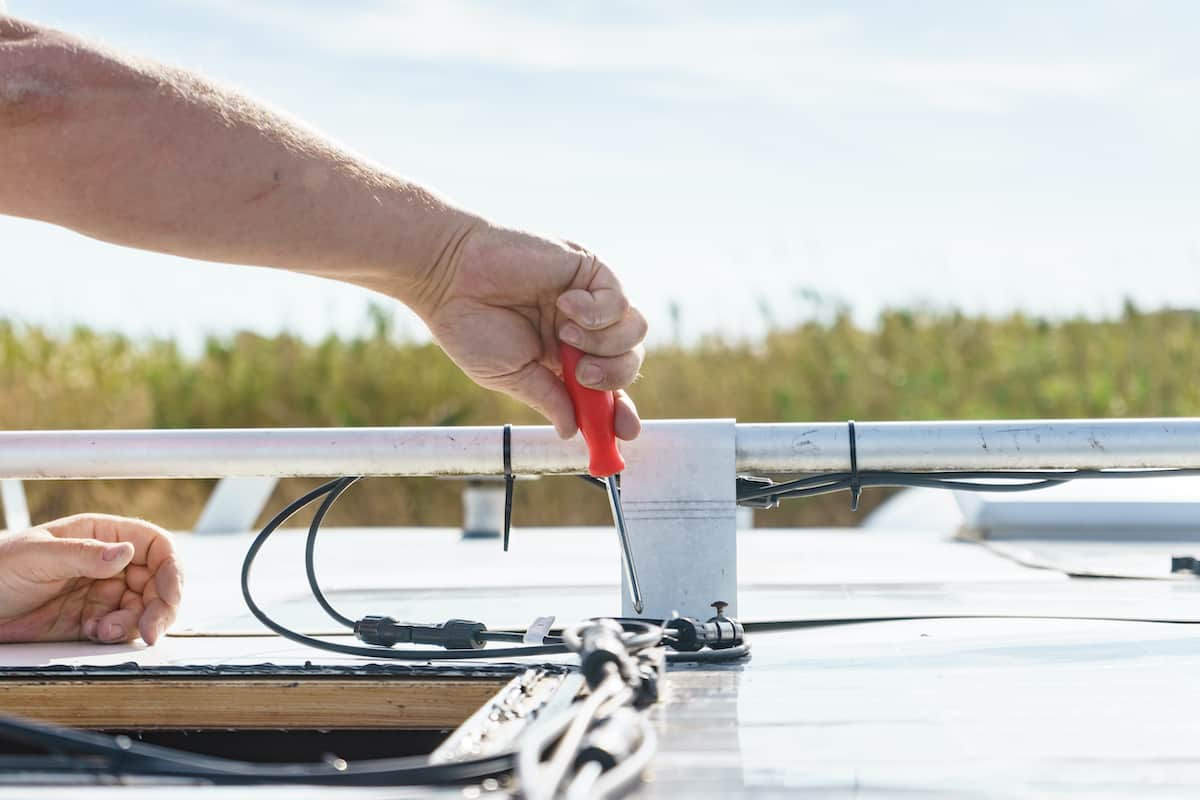
When cleaning your roof, always start at the front and move toward the ladder. Not only is this a good practice to stay safe, but you’ll want your roof to air dry. Picture painting yourself into a corner. Hanging out on your RV rooftop and waiting for it to dry can make for a very long day.
TPO (Thermal Poly Olefin)
Now that you’ve determined you have a TPO roof, the steps for RV maintenance are easy. Grab a bottle of Camco Cleaner formulated specifically for TPO roofs and a scrubber brush.
Mix your cleaner in a bucket according to the directions on the package and start scrubbing. If you have badly stained places, you can use a little bit of full-strength Camco Cleaner to take care of those spots.
After washing, rinse thoroughly all the way down your rig. If you don’t do a good rinse job, you can end up with black streaks, and nobody wants that!
EPDM (Ethylene Propylene Diene Terpolymer)
When considering RV maintenance on your EPDM roof, you’ll want a cleaner like Thetford’s Premium Rubber Roof Cleaner. Thetford recommends using a sponge mop and soft-bristled brush to apply their product. Thetford also cautions that you should use a rag to keep any product from dripping down the side of your RV, as it will cause white streaks.
SuperFlex
The SuperFlex roof is a type of TPO roof manufactured by Alpha Systems. SuperFlex roofs come in beige, grey, almond, or white. If your roofing membrane is white on one side and has a color on the other, chances are you have a SuperFlex roof. Keep in mind that SuperFlex roofing material wasn’t introduced until 2014.
Alpha Systems recommends simply using Dawn dish soap to clean their roofing material.
Batteries and Shore Power
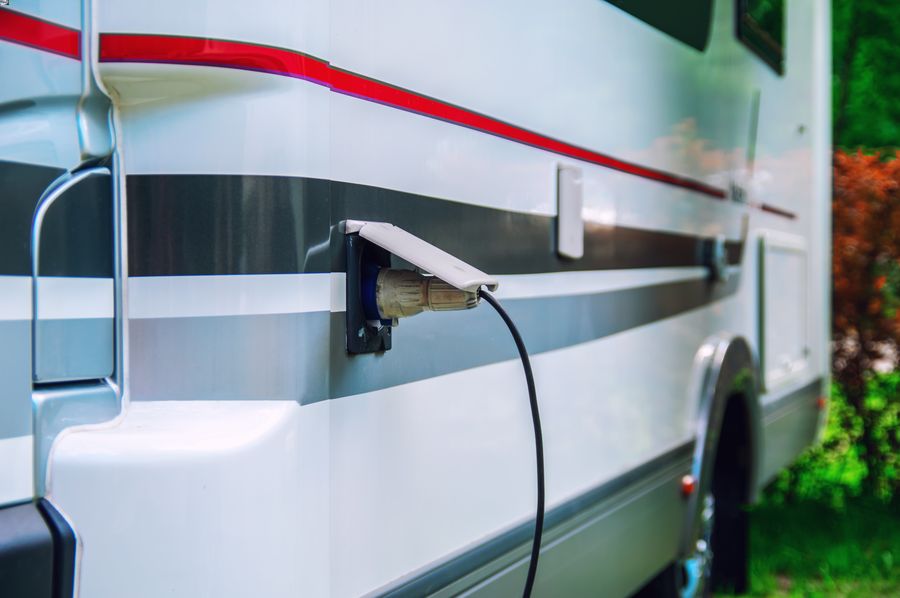
The batteries on your RV operate the 12-volt system, which is most of your lights and the water pump. Shore power is the 120-volt system that runs your major appliances and hooks up to the power pedestal at the campground.
Battery
For RV maintenance on your battery, check to make sure your batteries are secure, and the connections are tight, clean, and have no corrosion. If you discover white scaly corrosion around your battery terminals, you must clean and protect those connections. Always remember to disconnect the ground first, and reconnect it last!
Noco makes a 2-step process to clean your battery terminals. Step 1 is a cleaner spray, and Step 2 is a brush-on protectant.
Periodically check the positive and negative cables to make sure that they aren’t rubbing on anything and that the plastic insulation is intact and not damaged.
Another item to keep in your toolbag is an RV fuse assortment kit. It’s better to have extra fuses and not need them to have no lights while you’re boondocking.
Shore Power
While there technically really isn’t RV maintenance you can do for your electrical system, you can keep a GFI tester in your toolbag to check for any shorts in the system.
If you haven’t already invested in a surge protector, we have a list of our top picks for the best surge protector for your RV.
Furnace and Air Conditioner
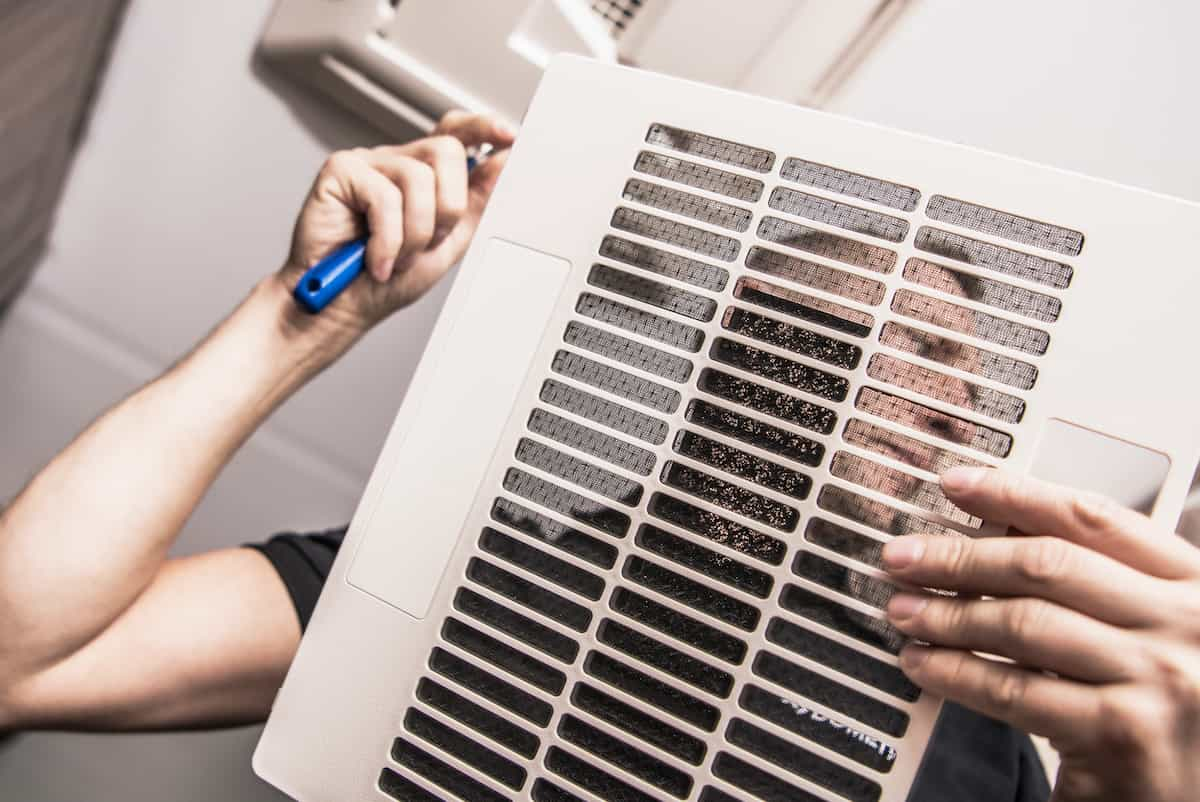
The easiest RV maintenance step for your furnace and AC units is to ensure the filters are clean (if your RV has filters). Some filters can be rinsed and reused. Others you’ll have to replace. This would be another great time to check the manual for guidelines specific to your RV.
Also, check outside your RV where the furnace exhaust vents. This is prime real estate for wasps to nest. Remove the panel to inspect and clean that area periodically.
The sail switch is one of the most common items to fail on an RV furnace. It might be a good idea to pull out the owner’s manual again and order an extra sail switch to keep in your RV maintenance kit. Better to have one on hand when your furnace goes out on the coldest night of the year.
Propane Tank
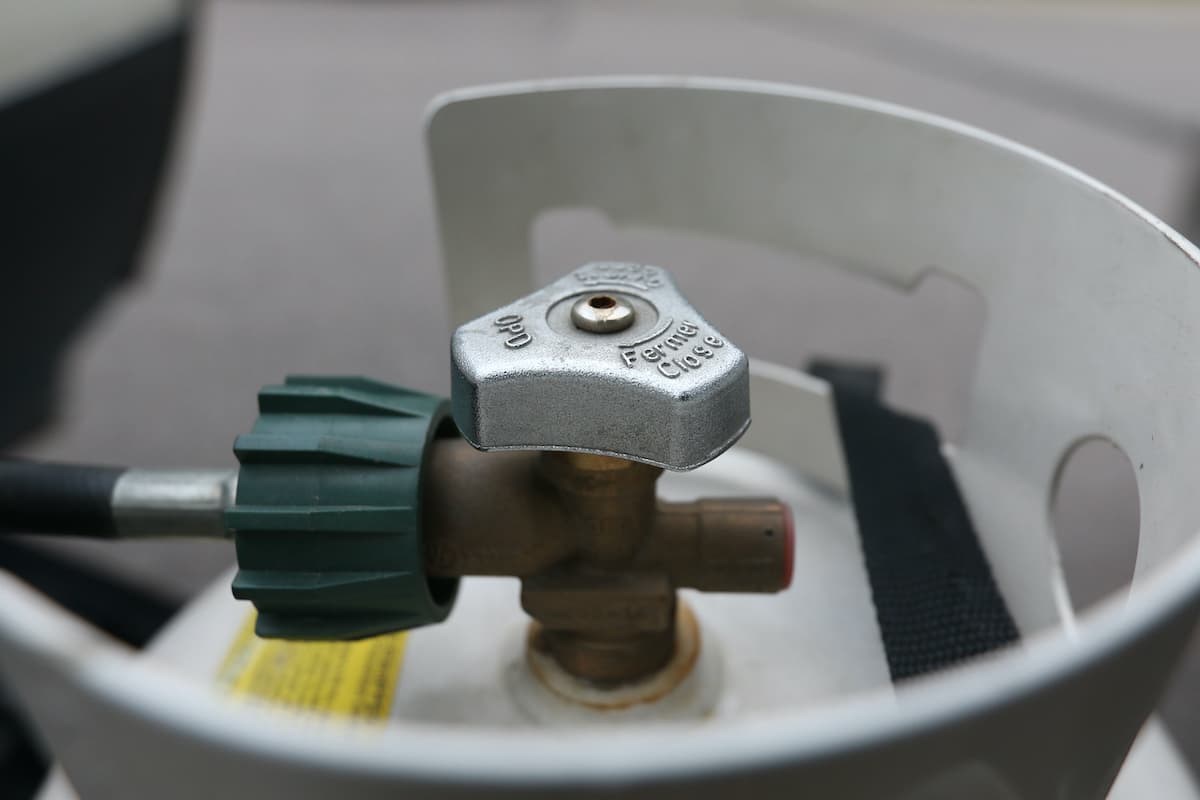
When performing RV maintenance on your propane tanks, first check that your tanks are properly certified so that you don’t have any issues getting your tanks filled.
Check your regulator to ensure it is operating properly and the hoses are not cracked or dry-rotted. If you hear a leak or smell propane when hooking up your tank, shut the tank off and have it looked at by a professional immediately.
Always check that your tanks are properly secured in the mounting brackets. And, of course, check that your tanks are full. A propane tank gauge level indicator and leak detector is another great tool to have in your arsenal.
Even though a Pro Check Sensor isn’t technically a part of RV maintenance, we wanted to include it in this post to help make your RV life a little easier. Simply attach the monitor to the bottom of your tank and download the app. You’ll get real-time updates on your propane levels. No more waking up to a cold home because you forgot to check the propane levels.
Slides and Awnings
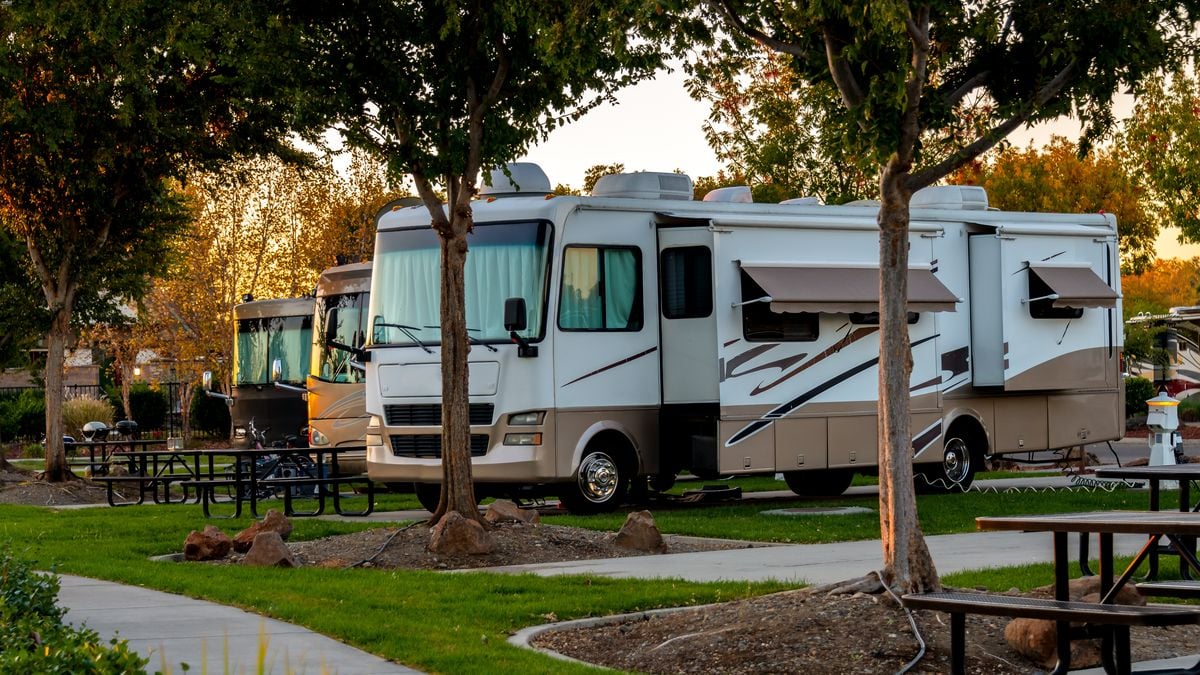
Before closing your slides, always check that there are no limbs or other debris on top of the slide. A telescoping ladder will make quick work of this job, and it stores away easily.
Ensuring that your slides actually slide in and out is essential to RV maintenance. Using RV Rubber Seal Conditioner will keep the rubber seals on your slides conditioned and lubricated.
Check your slide track for any dirt or debris. A wire brush can be used to clean the tracks. Spraying your slides with Dry Lube will help remove any debris left behind, and add a waxy coating to protect your slide tracks.
Ensure your awnings are debris-free and closed before taking off for your next adventure. The best way to keep your awnings in good shape is to close them if there is a chance of storms or high winds.
Windows and Doors
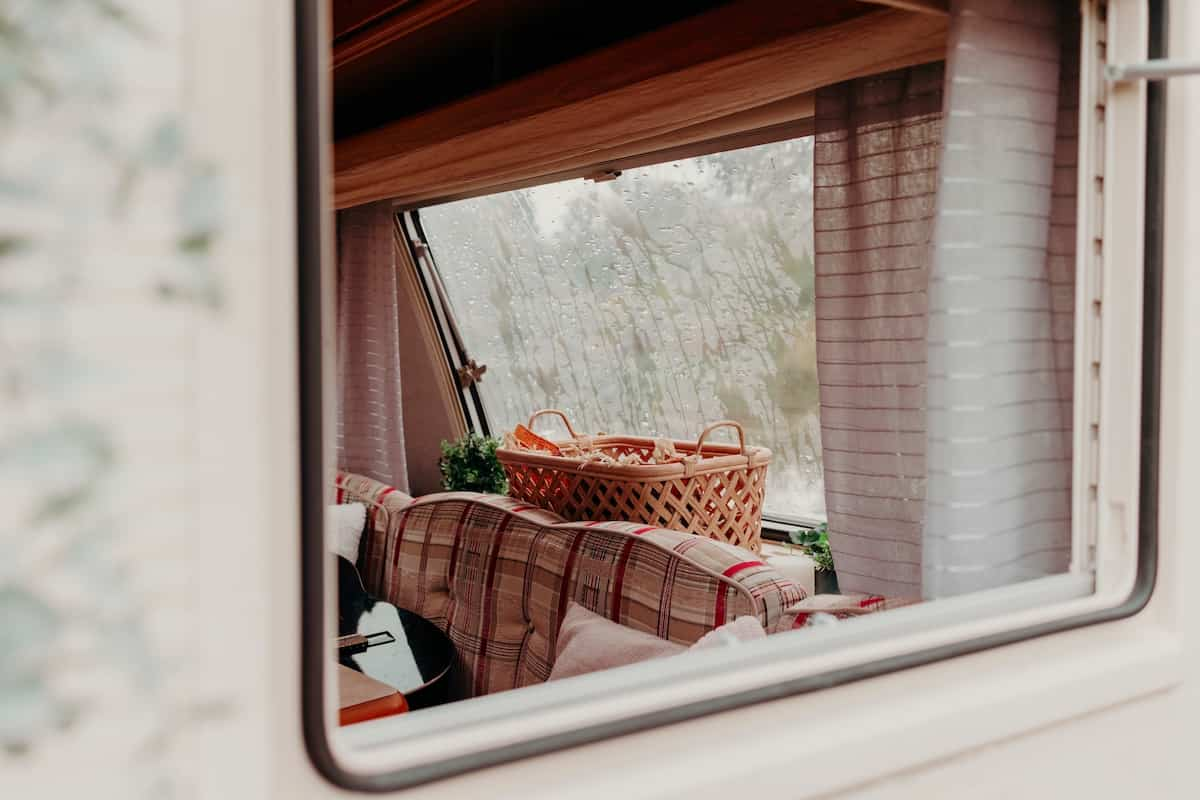
Water leaks…two words that can strike fear in the heart of any RVer. Left unchecked, water leaks can lead to damage to the structure of your RV, paneling pulled loose, and even mold. Check the seals of your doors and windows to help ensure this doesn’t happen to your home.
You can also use a small screwdriver to press lightly around the perimeter of your doors and windows to feel for any soft spots.
While checking around your windows, use compressed air to clean out the weep holes. If you’re unfamiliar with weep holes, they are the small horizontal slits at the bottom of your windows that allow water to drain away. If they get plugged, the water has nowhere to go but inside. Here’s a tip, make sure you’re standing inside your RV and blow the air and debris outside, trust us!
Safety Equipment
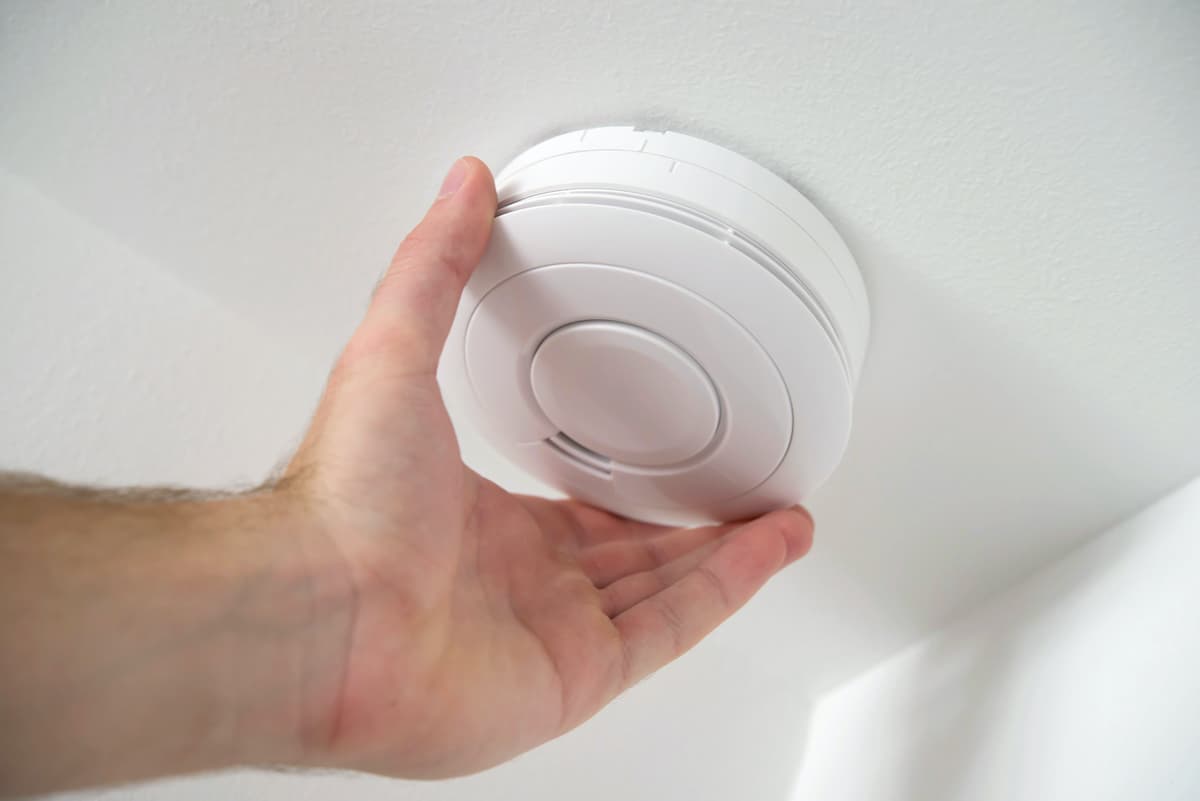
Like in your sticks and bricks, an essential part of RV maintenance is checking the batteries in your smoke detector. While checking the batteries, consider upgrading your detector to an Aegislink Wi-Fi smoke and carbon monoxide detector.
What’s unique about this detector is that it shows you what the levels of CO are in your home. Another great feature is the photoelectric sensor, which won’t go off every time you open the oven door. And because you can control everything from the app, you can make it stop beeping right from your phone.
Lastly, check your fire extinguisher as part of your RV maintenance for safety equipment. First Alert makes a fire extinguisher specifically for RVs.
Black and Grey Tanks
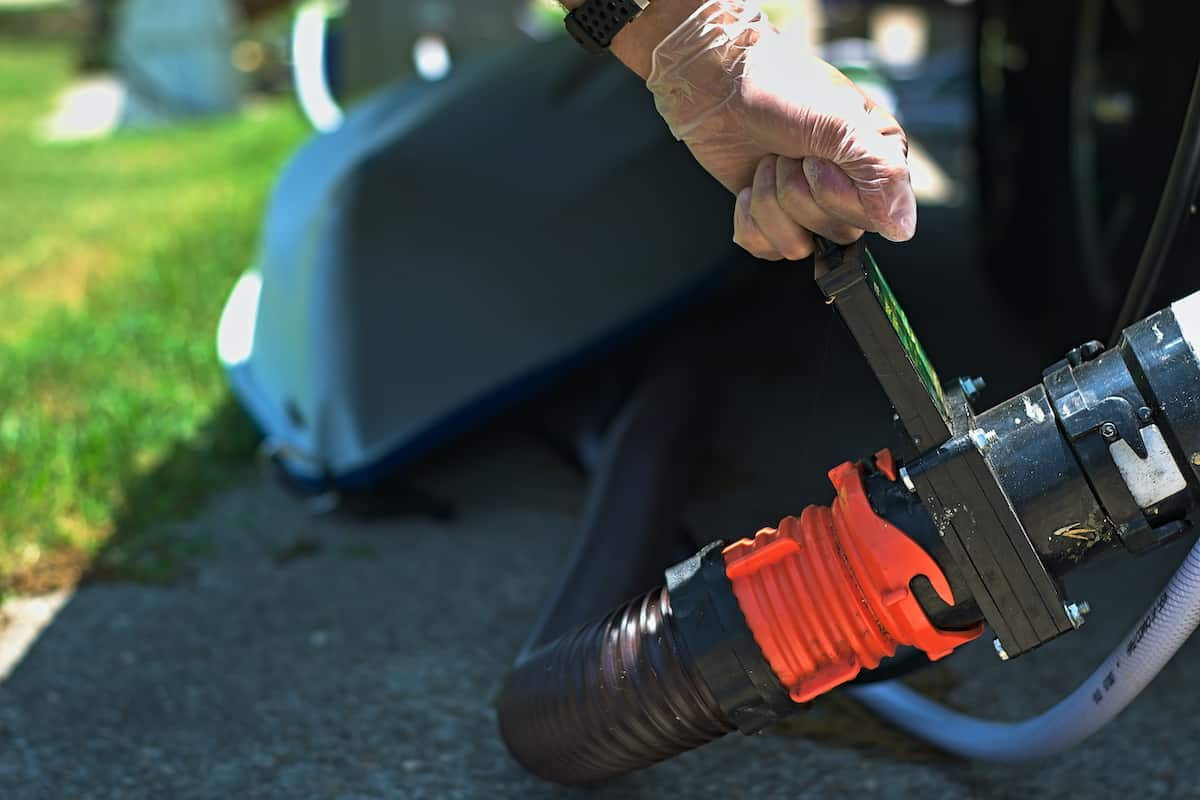
Moving on to the least liked but arguably most important part of RV maintenance – your black and grey tanks. To maintain a healthy and happy lifestyle in your RV home, it is essential that the toilet, sinks, and shower work and drain properly.
Luckily, there are only three steps to maintaining these tanks: empty, flush, and sanitize.
Starting with your black tank, empty the tank and then flush water through until you see clear water flow out of the elbow on your hose. Finally, sanitize your tank by dropping a couple of Camco TST Max tablets down the toilet and into the tank.
After the black tank is flushed, you can move on to the grey tank. That could mean simply opening another valve or moving your hose to another drain on your RV. This is another time your RV manual will come in handy.
Check out our picks for the top five best RV sewer hoses to make this task less of a chore.
Wheels, Tires, and Brakes
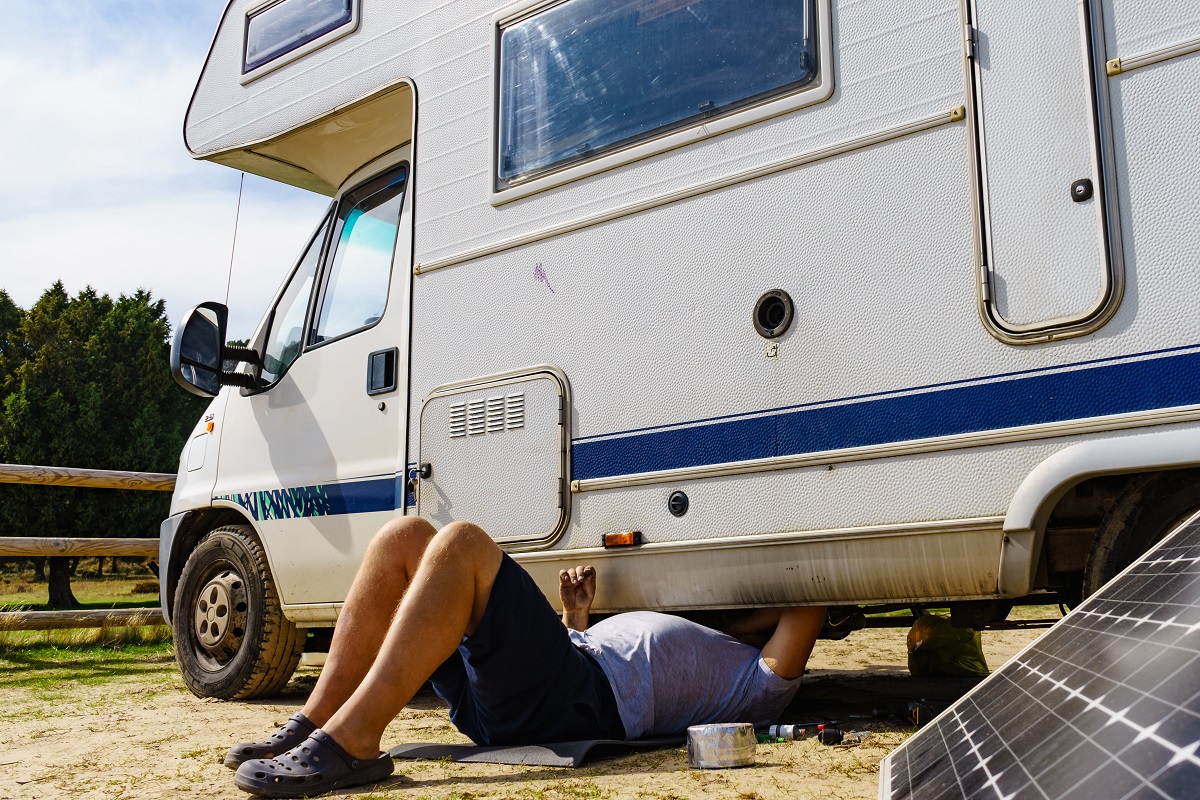
We’ve moved from the top of your RV to the bottom. Last on the list of RV maintenance is to ensure that your wheels, tires, and brakes are ready to hit the road.
For safety’s sake, have a professional check your brakes.
As far as the wheels are concerned, inspect them for any cracks and to ensure they aren’t bent from accidentally hitting a curb.
Check your tires for any signs of dry rotting, cracks, punctures, or bubbles. While you’re crawling around checking these items, ensure that your lug nuts are tight and torqued to the specifications indicated in your manual. One last thing, check that the tires are properly inflated to the specifications indicated on the sidewall.
Frequently Asked Questions
What maintenance should I do inside my RV to keep it in top shape?
While most of the RV maintenance items listed so far have been outside your home, keeping the inside of your home clean is essential to keep your RV in tip-top shape. Keeping appliances clean will help them work more efficiently and should be a daily part of your RV maintenance.
Watch for signs of leaks and condensation that can lead to issues with mold, which is a battle most RVers have either fought or are currently fighting. Open doors under sinks and do a sniff test for any musty smells. Feel around for wet areas.
Check under and around mattresses. Mold likes to gather there, and leaving it unchecked can lead to disaster.
I inspected my RV and found mold, now what?
The first step is not to panic! RMR Brands has a complete kit for eliminating and preventing mold that many RVers swear by. Be sure to put on safety equipment before tackling your mold problem.
Unfortunately, because RVs are heated with propane, there will be condensation issues because propane gives off moisture when used. That’s just the nature of the beast. To help prevent mold, you can run a portable dehumidifier.
You can also hang an Eva Dry mini rechargeable dehumidifier in particularly problematic areas, like the bedroom. Consider placing a Den Dry pad between your mattress and the plywood. You can also remove the plywood base and build a slatted base for your bed.
A Well-Maintained RV Equals Happy Vacations!
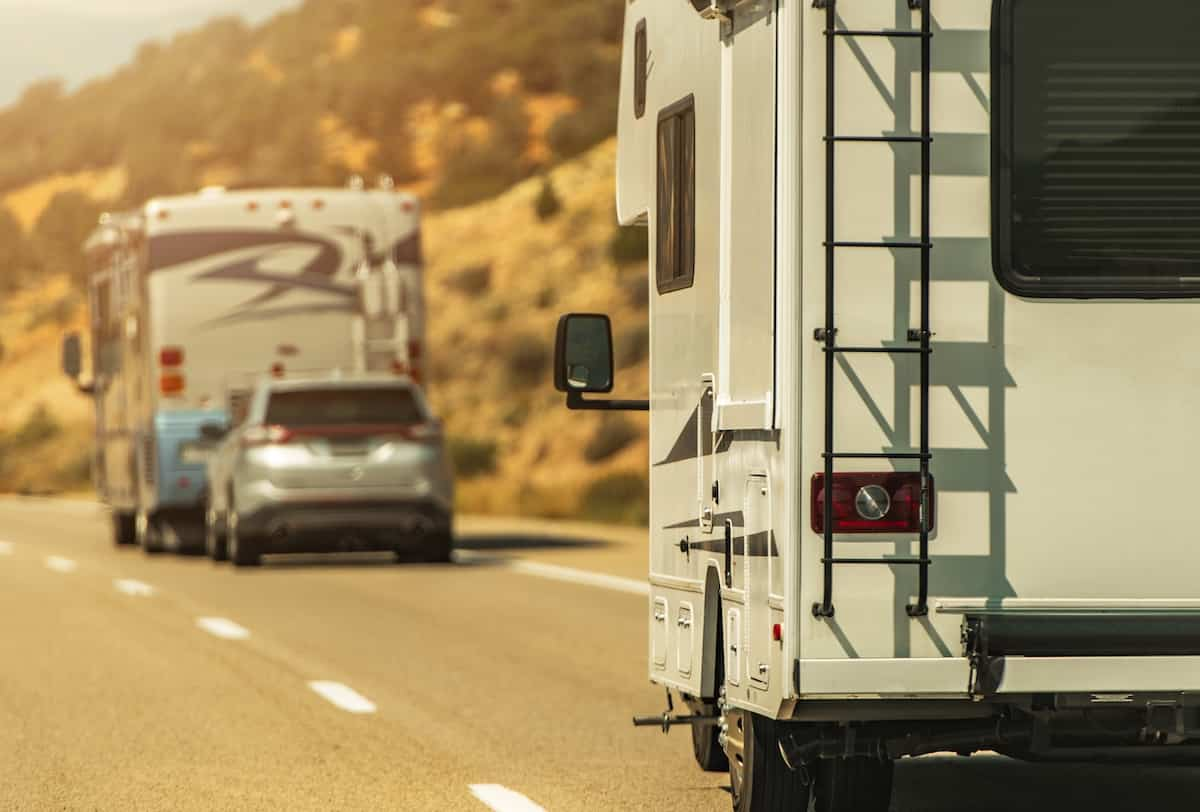
You might have noticed that we didn’t discuss generators or engines in this RV maintenance post. This is because there are so many different types of engines and generators. Check your manual for information on performing maintenance specific to your RV.
Now that you’ve performed your RV maintenance, your home on wheels is ready to hit the open road. Visit our RV Camping page for resources about great locations to visit and top-rated camping products to help you enjoy your best RV vacation.
